Blog #147 3/29/16
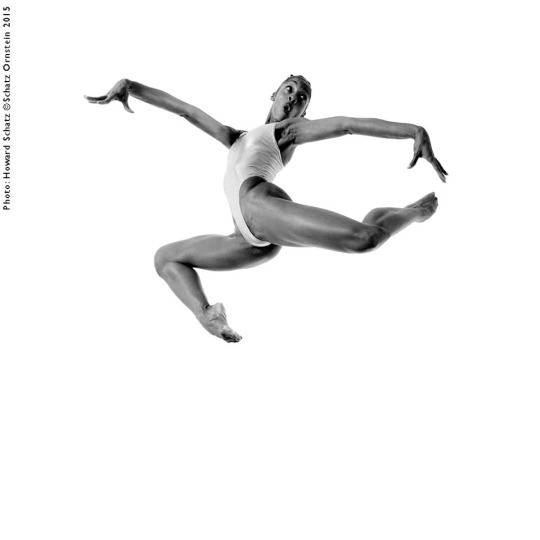
Vikkia Lambert (Alvin Ailey American Dance Theater): no one like her
I’ve photographed many subjects in my career, but in my experience, there is nothing so thrilling and compelling as working with a dancer, especially professional dancers who have a rare, inborn gift honed to a fine edge with the discipline it takes to live and breathe their demanding art.
The dance companies mentioned indicate the dancers’ affiliation at the time the photographs were made.
Upon embarking on a photo shoot with a dancer with the desire on both our parts to make memorable images, I say to each, “Dance has movement, depth and sound. A photograph is still (frozen), flat (two-dimensional), and silent. A photograph cannot come even close to competing with dance. ”
What to do?
This note is about some of the things I do to bring the energizing “life” of the art of dance to photographs of phenomenal dancers.
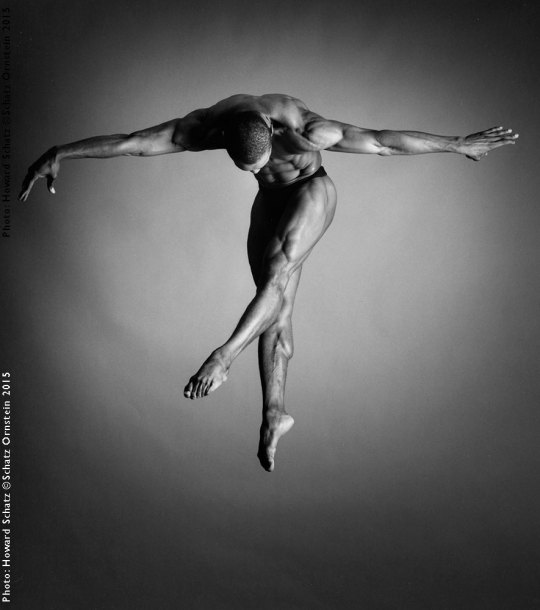
Yuri Sands (Alvin Ailey American Dance Theater), a master of grace, with phenomenal control, tremendous power, and the uncanny ability to adjust his body’s movement and change a pose in the subtlest and most minute ways.
One of my working mantras is “A photograph is only as good as its weakest part,” and a corollary: “The greater the dancer the greater the images that can be made.” Simply put, the best dancers make the best images. Pretty good dancers make pretty good images.
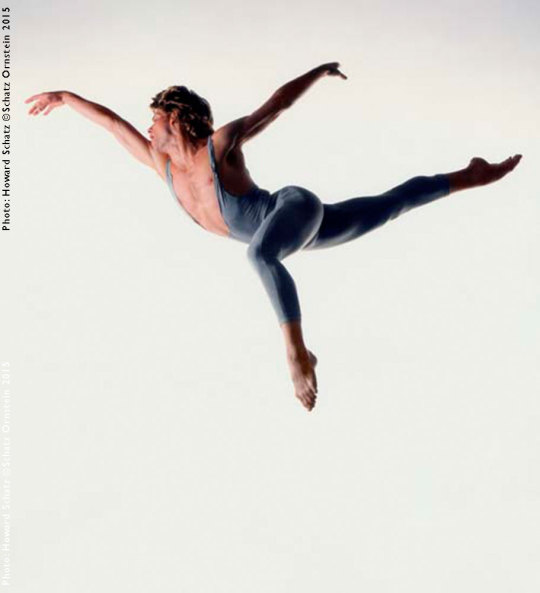
The amazing Eric Hoisington (San Francisco Ballet).
Certain techniques, frequently utilized in dance photography, actually rarely work. One is making photographs while dancers dance, attempting to capture some wonderful moment in the flow of their choreography. Trying to catch the fleeting instant in real time will fail every time.
For example, if a dancer makes a full turn, there are 360 degrees of possible poses in the movement, and there is no way the photographer can capture an intentional or even accidental image, snapping away and just hoping something will come of it – trust me, it won’t.
I call this the “praying mantis syndrome” of photography: “Oh, I hope I’ve got something terrific.”
Prayers never answered.
I see this frequently: the photographer, or the choreographer says to the dancer, “Dance.” Doomed to fail.
Instead, the photographer must decide at which exact moment of, say, a spin, a potentially marvelous image occurs, and then have the dancer come again and again to that moment and explode into it. One method is to use video, have the dancer dance and then replay the video frame-by-frame looking for “the image.”

Alicia Mack Graf. (Alvin Ailey American Dance Theater): We identified what exact section of a pirouette worked and she moved to make it happen for the split second the camera’s shutter was open.
The dancer must be taught to perform for the camera differently from the way he or she performs for an audience, moving into and out of the “decisive moment” explosively for the 1/1000 second duration of the strobe’s flash. Ironically, perhaps, if the movement is too languid (perfectly appropriate for stage choreography) the resulting still image will look lifeless. The dancer almost has to overdo it!
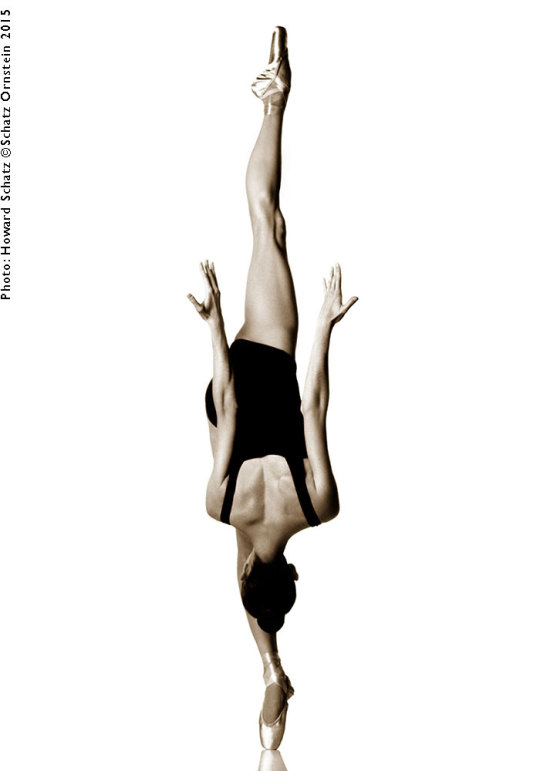
Dana Hansen (New York City Ballet), making the near-impossible look effortless, for my project: “Balance.” She did not “hold’ this pose, but bent forward and threw her legand arms upward with force and power, bursting into a momentary, memorable pose.

Glenn Sims (Alvin Ailey American Dance Theater), exhibiting power, elegance, dynamism and grace all at once.
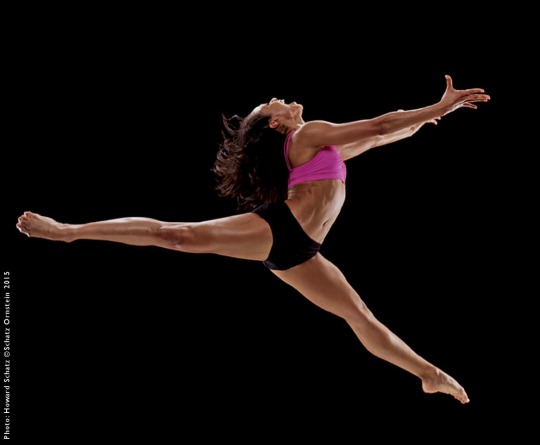
Linda Celeste Sims (married to Glenn), another incredible and stunning dancer from the Alvin Ailey American Dance Theater.
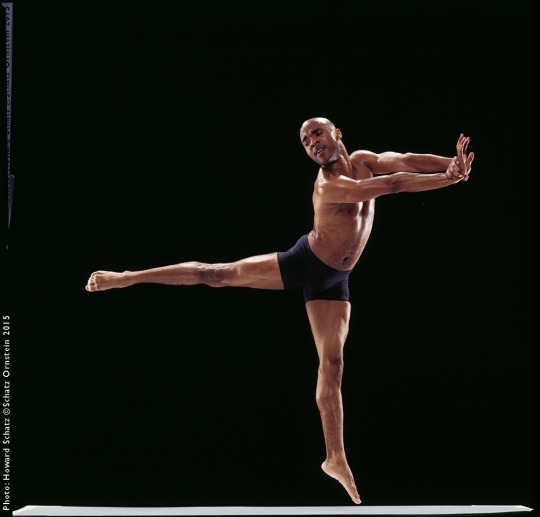
Matthew Rushing (Alvin Ailey American Dance Theater), incomparable!
Another essential concept for the photographer to explain to the dancer is that, because a photograph is two-dimensional, they need to imagine they are performing against a pane of glass which is perpendicular to the line of sight of the camera. With this in mind, dancers understand that there is no “depth” into which they can extend an arm or a leg. Any limb directed downstage (toward the camera) will look foreshortened; and if directed upstage, away from the camera, will completely disappear.
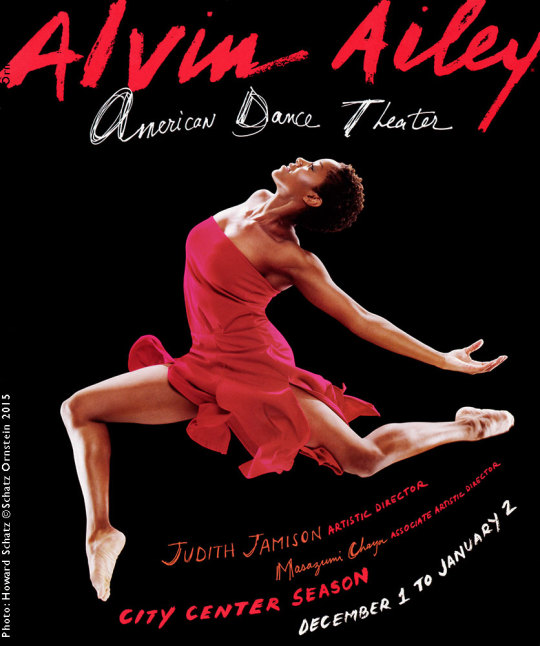
Asha Thomas (Ailey)
For one of the Alvin Ailey American Dance Theater yearly advertising campaigns, I made hundreds of images.
Because the dancers were utterly fantastic, there were many marvelous images from which to choose. I turned over the entire shoot to the company; they selected this image of the beautiful Asha Thomas. I pointed out that her right arm, which was directed upstage, away from the camera, does not appear in the image, so we had a three-limbed dancer! For the reason I’ve explained, this was not my choice but the company felt this was the right image for them nevertheless.
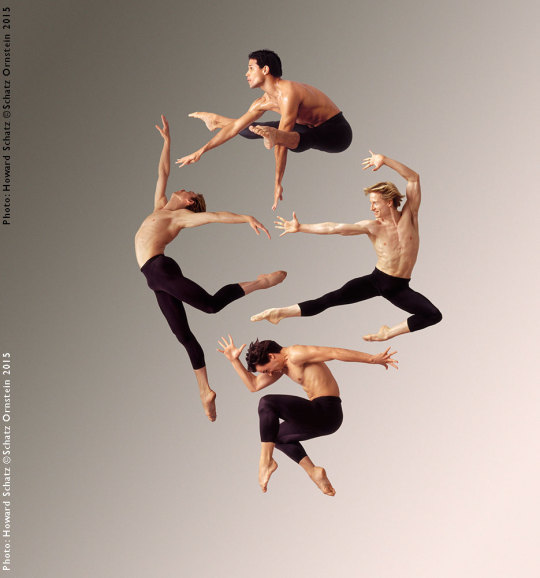
In this composite image of four formidable male dancers made for ABT, The American Ballet Theater, it is clear they all understood about the “plane of glass.” Note: 16 limbs! Clockwise from top: Jose Manuel Carreno, Ethan Stiefel, Angel Corella, Vladimir Malakhov.
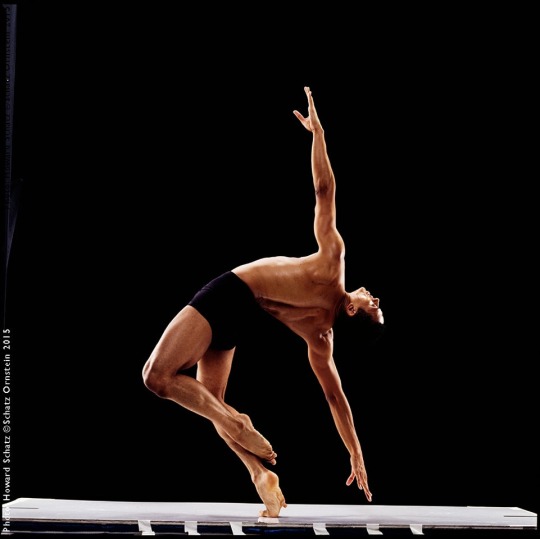
Clifton Brown (Alvin Ailey American Dance Theater)
There is so much I’ve learned about dance and its photography. I will write about these things in future blogs. And, just for kicks, this is the first image I made of a great dancer, over 25 years ago, for my project Gifted Woman http://howardschatz.com/books.php?galleryID=27.
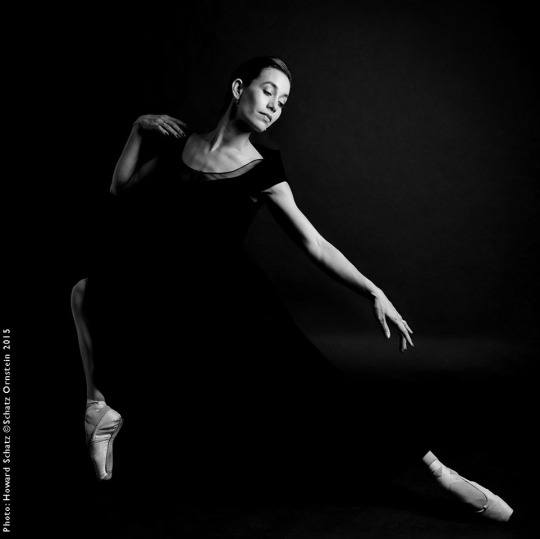
Evelyn Cisneros
Glitterati Incorporated, the publisher of the Retrospective, Schatz Images: 25 Years is now offering the two- book boxed set at a discount from the original price. The set comes with an 11″x14″ print of the buyer’s choice.
Click here for information about the Retrospective:
http://schatzimages25years-glitterati.com